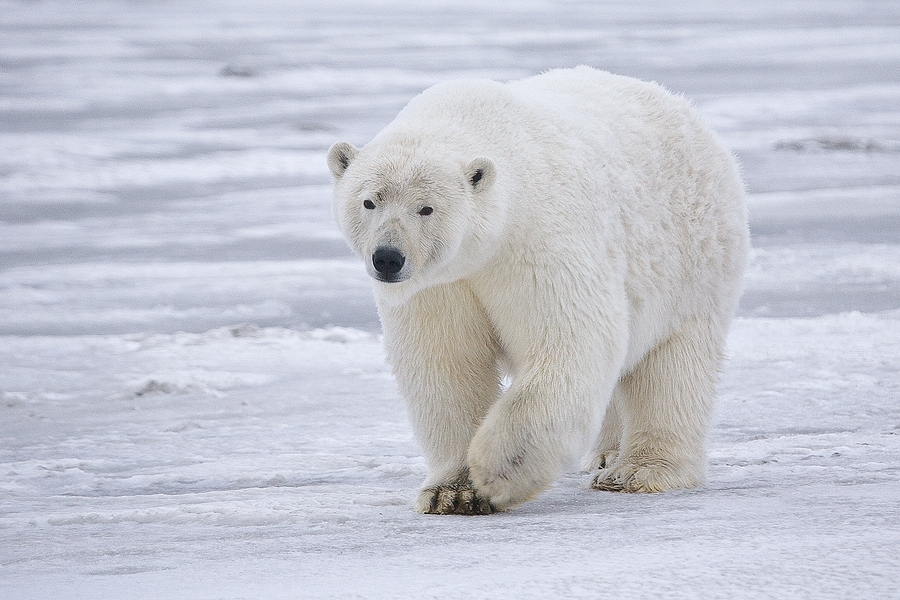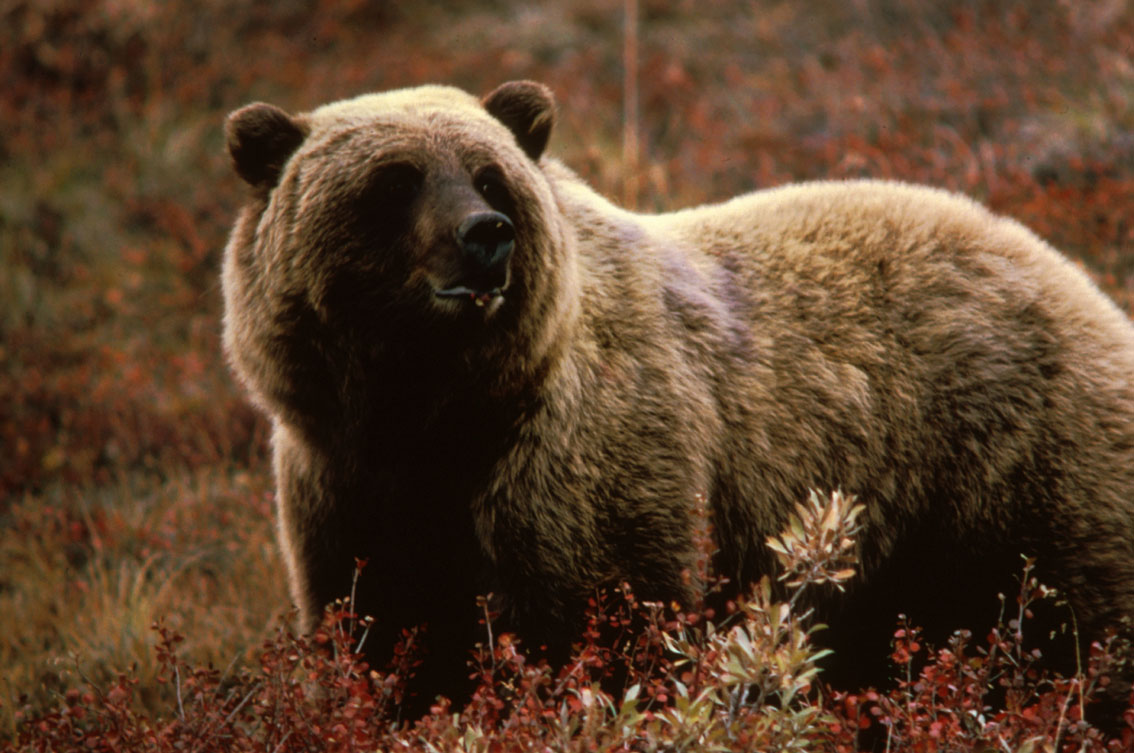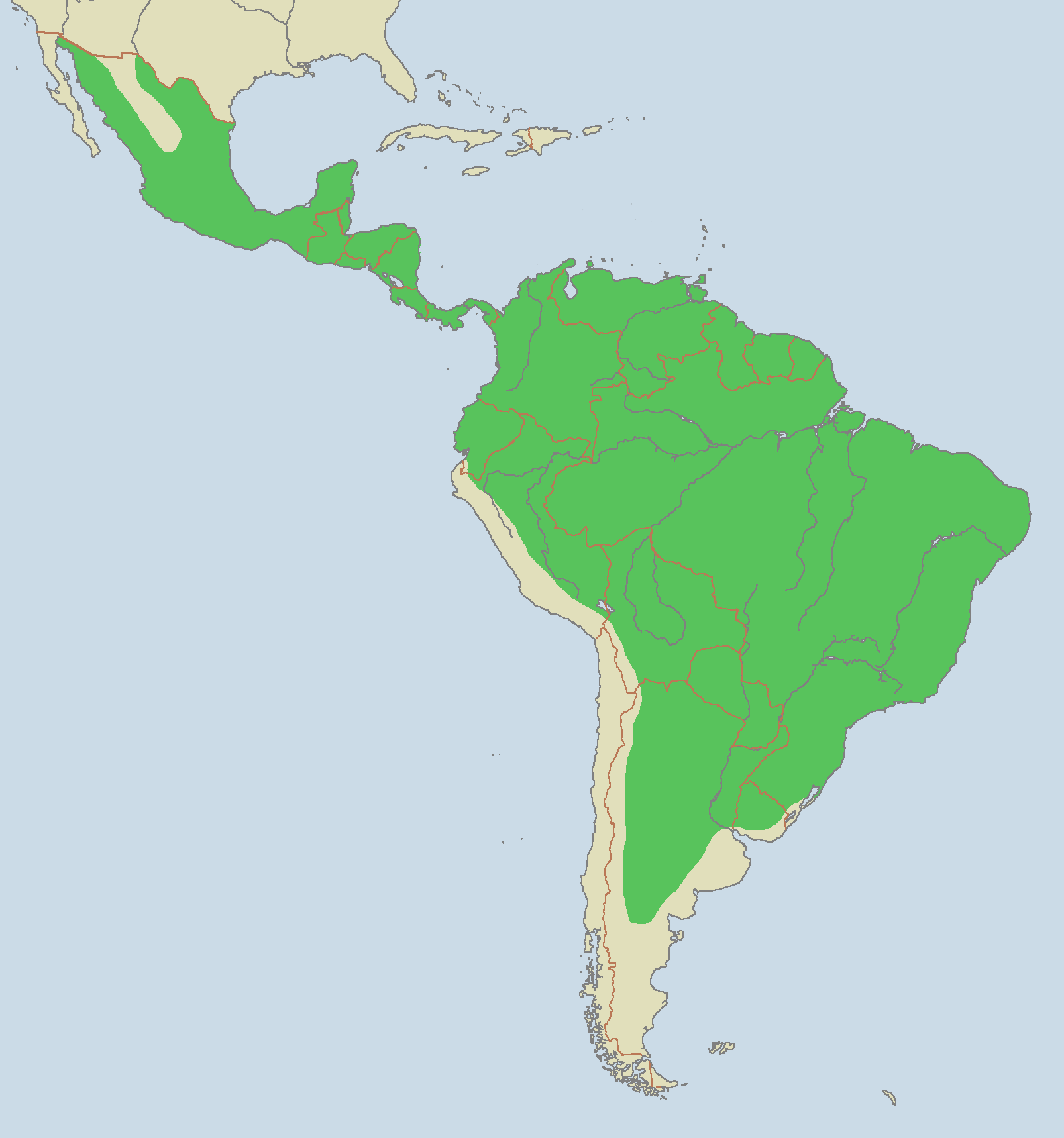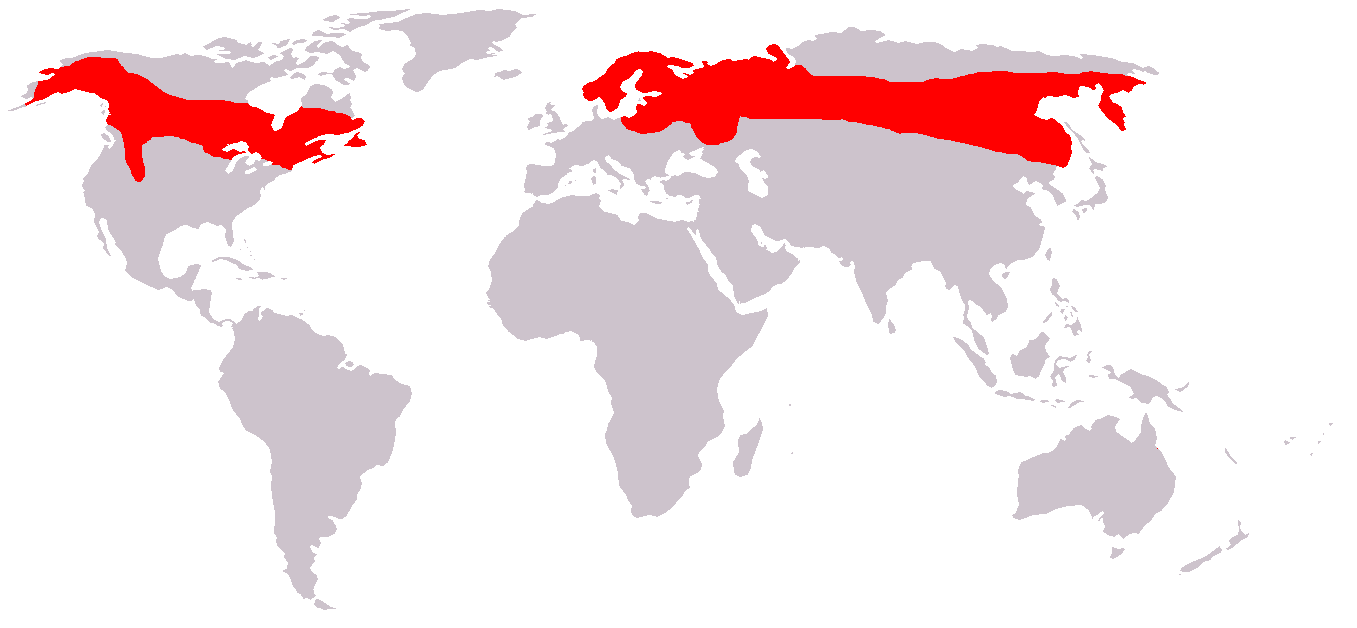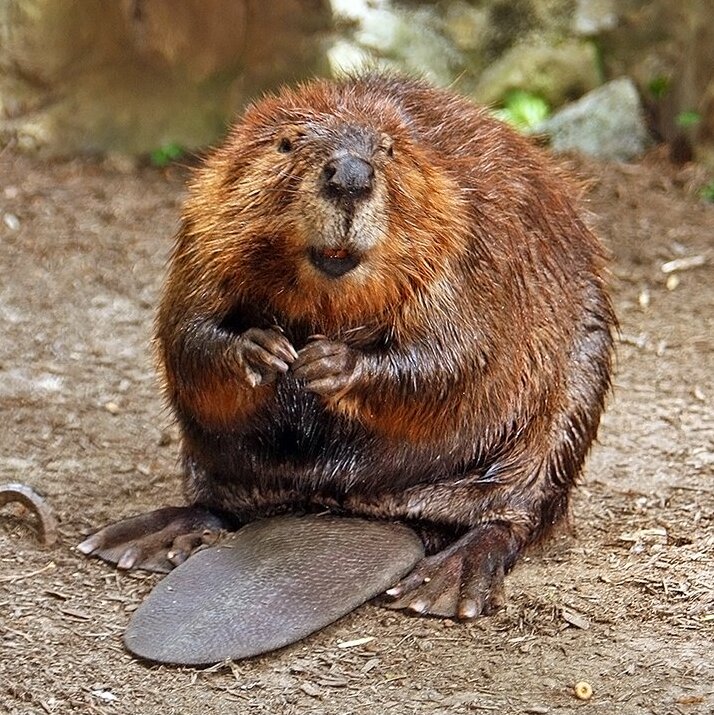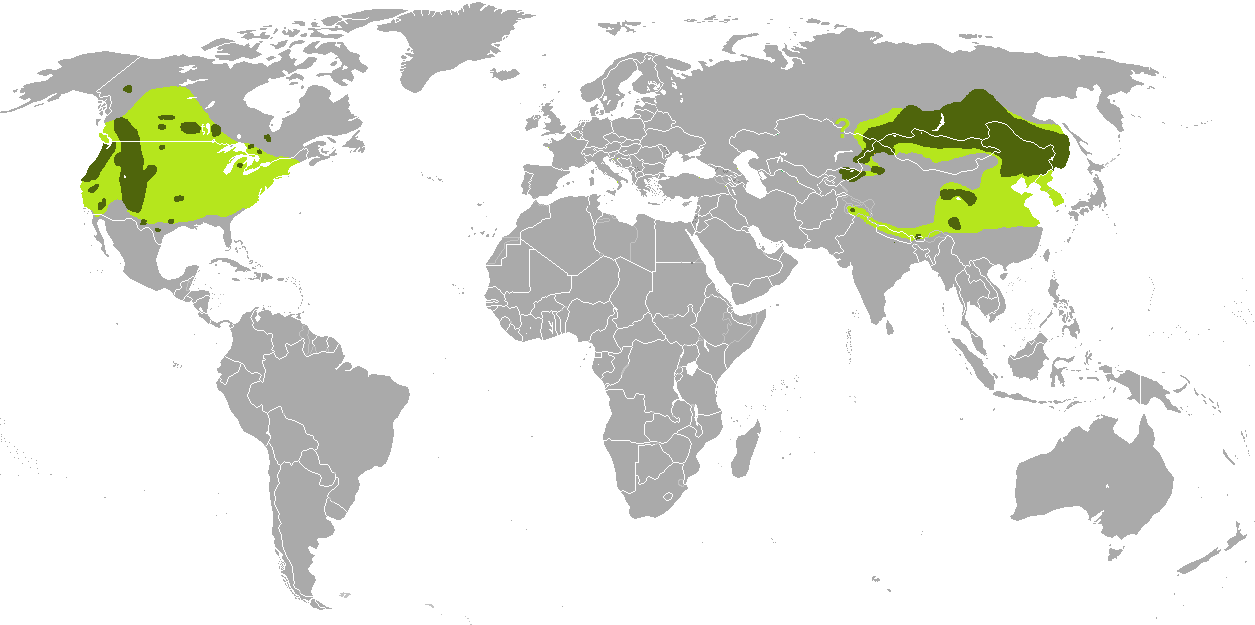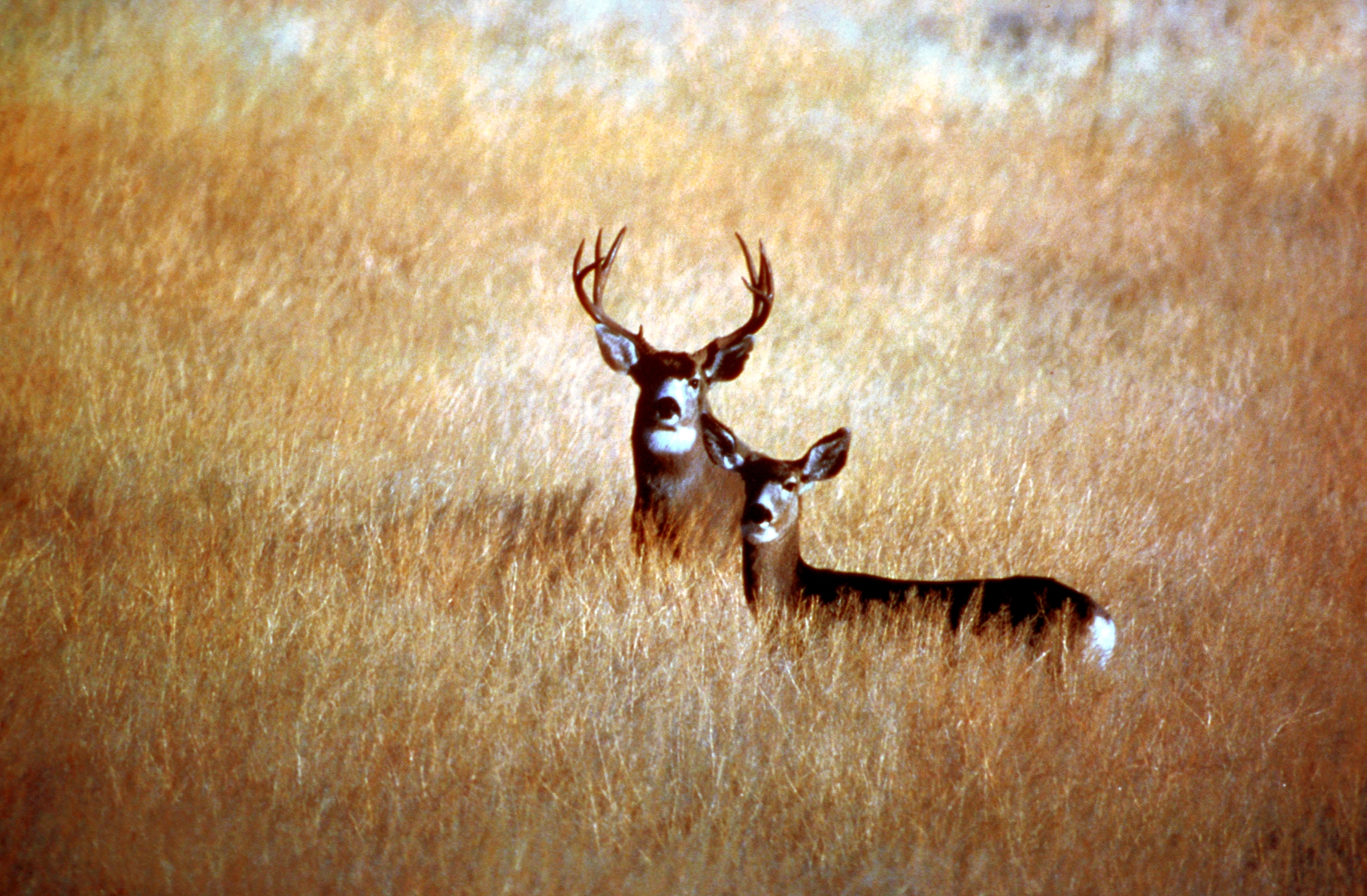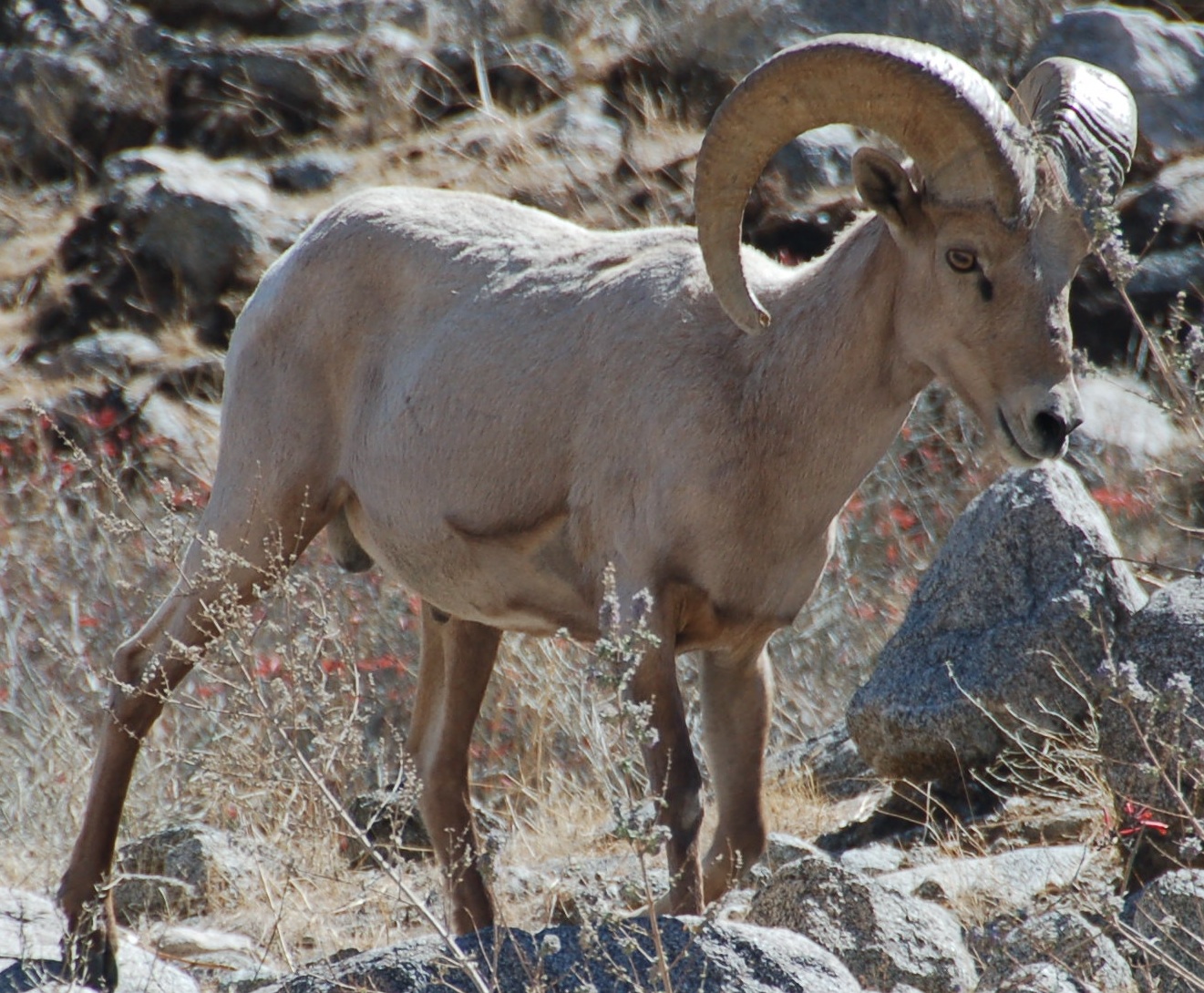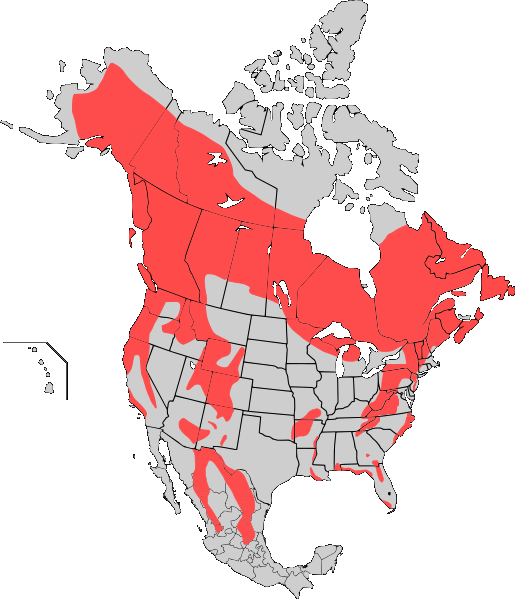HAPPY NEW YEAR!!!! HERE IS A VIDEO TO CHEER YOU UP!!!
Monday, December 31, 2012
Sunday, December 30, 2012
Polar Bear
Here are some links about Polar Bears in Canada:
Caribou
 |
| This is a Woodland Caribou |
The Caribou (a.k.a Reindeer), is the third biggest species of deer after the Moose and Elk. It's last stronghold in the Continental United States in in the northernmost point where Idaho and Washington met British Columbia. Reintroduction proved imposible in Maine because the bear and wolf populations were to high. A small population lives in the Caribou National Forest., in Utah, Wyoming and Idaho. On December 24, 2012, Gene Fisher spotted a Caribou near La Salle, CO. Spooked by a passing train, it ran into the middle of the U.S 85 and was killed by an on-coming car. Wildlife officials who arrived at the scene shortly after the death of the Caribou said it likely escaped from a nearby sanctuary,but there was no sanctuary nearby!
Here are some links about Caribou:
Caribou:Colorado
Friday, December 28, 2012
Brown Bear
The Brown Bear is a species ranging from the Glaciers of Alaska to the Mountains of Colorado, from the cork oak of Portugal to the ice fields of the Himalayas.
The closest populations of Bears to California is are isolated populations in the Hell Canyon of Oregon, Washington's North Cascades National Park, and Colorado's San Juan Mountains. These are populations of Silvertip, or Grizzly Bear.
Here are some links about Grizzly Bear:
Grizzly Bear:Oregon
Grizzly Bear:Colorado
Grizzly Bear:Washington
Tuesday, December 25, 2012
Jaguar
The Jaguar is a very elusive animal. So elusive that we know very little about it. I have collected what I can find to make this blog post.
As I said before, Jaguars are elusive. Very little is known about it's range in California, even the United States! Jaguars are known to stray from the Baja boarder into San Diego and Imperial Counties. Some sightings of "Black Panthers" caught the public's eye as they read the San Fransisco Chronicle. This could be the following:
A Black Bobcat
A Black Mountain Lion
An escaped Black Jaguar
A black feral house cats
Jaguars are a protected species in the United States. Some breeding populations occur southeast of Tuscon, Arizona, and south of Santa Fe, New Mexico. Strays have been caught on camera and by the eye in Texas, New Mexico, Arizona, and California.
Here are some links about Jaguar:
Jaguar: Arizona
Friday, December 21, 2012
Canada Lynx
A few sightings maintain that Lynx live in California.
The Canadian Lynx is a rare species, and, by the United States Department of Fish and Game, is a Threatened species for the mainland. Big populations thrive in Yellowstone, Glacier, Grand Teton, Rocky Mountains, North Cascades, and Olympic National Parks. Smaller populations live in Zion and Arches National Parks, and Fremont National Forest in Oregon. The Oregon population has been recorded as far south as Lassen Volcanic National Park in Northeast California. The Canada Lynx originally range the Coast Range in California until Humbolt County. It ranged the Cascade-Sierra Nevada until Plumas County. In recent years, they have migrated all the way to West Virginia.
Here are some links about Canada Lynx:
Canada Lynx: Yellowstone
Kit Fox
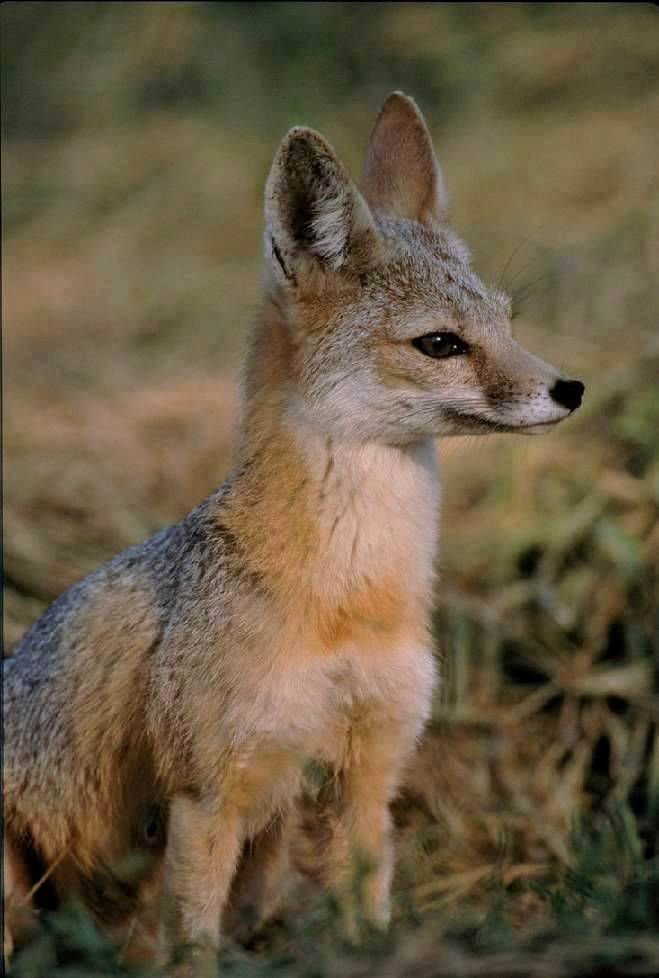
The Kit Fox is a shy animal, yet quite docile.
This elusive animal occurs in two subspecies: The Desert and San Joaquin Kit Foxes.
The Desert Kit Fox lives in the Lower Colorado River Valley.
The San Joaquin Kit Fox lives in the Lower San Joaquin Valley ( Parts of Los Angles, Santa Barbara, Ventura, Kern, San Luis Obispo, and San Bernadino Counties).
Here are some links about Kit Fox:
Desert Kit Fox
San Joaquin Kit Fox
Thursday, December 20, 2012
Red Fox
 |
| A Sierra Nevada Red Fox |
 |
| A Sacromento Valley Red Fox |
 |
| European Red Fox |
The Red Fox is an elusive animal. It is rare in California.
The Red Fox occurs in one subspecies in California:The Sierra Nevada Red Fox.
It lives from places in Lassen County and down to Tulare County. Introduced populations live in scattered locations from Lake to Orange Counties. These introduced populations may seem bigger;
this is because this is the larger European subspecies. Genetic studies conducted by UC Davis proved that a long-thought-to-be-introduced population to be it's own subspecies.
Here are some links about Red Fox:
Red Fox: Yosemite National Park
Tuesday, December 18, 2012
Moose
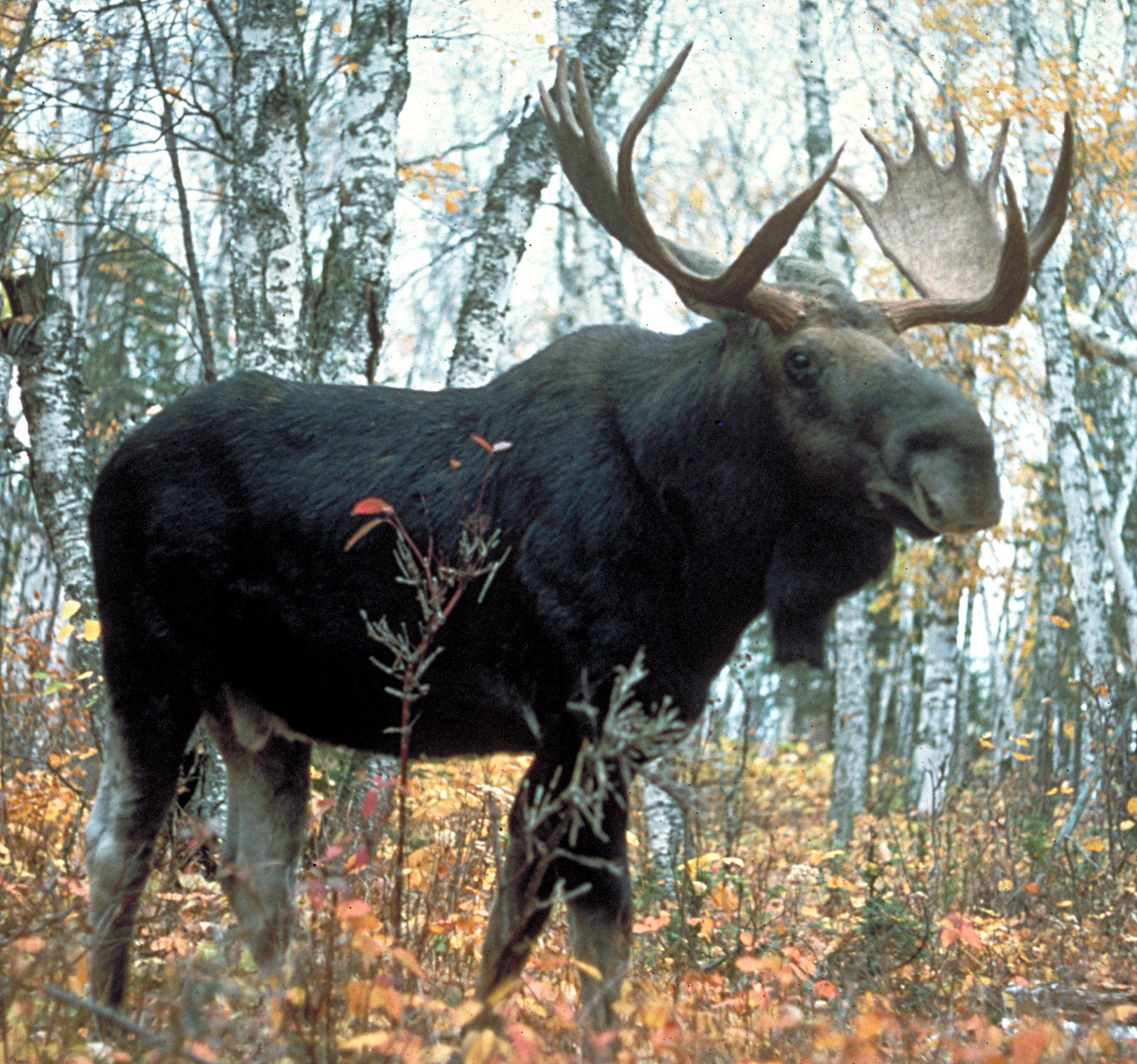 |
| This is a bull Western Moose at Lake Superior |
Moose are an extremely rare species or may not even be present in California. Only a few records support that it is present.
One, maybe two, subspecies occur in California: the Shiras Moose and maybe, the Sierra Moose.
The Shiras Moose lives in Northwest corner of California until mid-Humbolt County.
The Sierra Moose, if the is such a thing, ranges the length of the Sierra Nevada, but it is probably a population of Shiras Moose.
Here are some links about Moose:
Alaska Moose
Shiras Moose
American Beaver
The beaver is a short, stout, rodent. It has some amazing skills in architecture, making the first engineer.
The beaver occurs in one subspecies in California: the Golden Beaver.
The Golden Beaver ranges from Del Norte County in the north to Imperial County in the south. The majority of beaver live in Fresno County and north, but populations are present in Kern, Los Angeles, San Bernidino, Riverside, and Imperial Counties.
Here are some links about beaver:
Beaver
Beaver
Sunday, December 16, 2012
Elk
This is a bull Rocky Mountain Elk
The Elk is a famous and mysterious animal. The elk is a creature of the winter and snow. The elk is a symbol of the American Frontier.
The elk occurs in three subspecies across California: the Tule, Olympic, and Rocky
Mountain Elk.
The Tule Elk is an endemic subspecies to California. Ranges from introduced populations in Inyo,
Mendocino, Lake, Marin, Alameda, Contra Coasta, San Luis Obispo, and Kern Counties.
The Olympic Elk ranges on the west coast until about central Sonoma County.
The Rocky Mountains Elk ranges in the grasslands of Modoc and Lassen Counties.
Here are some links about Elk:
Rocky Mountain Elk
Tule Elk
Olympic Elk
Saturday, December 15, 2012
Coyote
The coyote is a dangerous animal, and it has been responsible for a few fatalities in the islands of
eastern Canada (Nova Scotia).
There are three subspecies in California:the San Pedro Martir, Mountain, and the California Valley Coyote.
The San Pedro Martir Coyote lives mainly in San Diego County, but is occasionally seen in Imperial County.
The California Valley Coyote ranges from the foothills of the Sierra Nevada Mountains to the foothills of the Coast Mountains, the Siskyou Mountains in the north, and the San Jacinto Mountains in the south.
The Mountain Coyote is rare on the California-Nevada boarder.
Here are some links about coyotes:
Coyote
Friday, December 14, 2012
Mule/Black-tailed Deer
The mule deer is a prized game mammal and a familiar sight to most hikers. I hope you will enjoy my information about this animal.
In California there are five subspecies: the California, Southern, Rocky Mountains, and Inyo Mule Deer and the black-tailed deer.
The California Mule Deer ranges from Southern Lassen to San Luis Obispo Counties and everything below (excluding Central Valley).
The Southern Mule deer ranges only in San Diego and Imperial Counties.
The Rocky Mountain Mule Deer ranges from Inyo to Modoc Counties.
The Inyo Mule deer lives only in Inyo County.
The Black-tailed deer ranges from San Luis Obispo to Southern Lassen Counties and everything above (excluding Central Valley).
Here are some links about Mule Deer:
Rocky Mountains Mule Deer
Monday, December 10, 2012
Bighorn Sheep
The bighorn sheep has two subspecies in California: the Desert Bighorn Sheep and the Sierra Nevada Bighorn Sheep. The Desert Bighorn ranges from scattered localities in Imperial, San Diego Riverside, and San Bernardino Counties to isolated populations in Los Angeles , Inyo, and Ventura Counties. The Sierra Nevada Bighorn ranges from Tulare to Modoc Counties.
There are some DPS (Distinct Population Segments) of Desert Bighorn:The Nelson's, Peninsular, and Mexican Desert Bighorns.
The Nelson's Desert Bighorn ranges from Imperial to Northern Inyo Counties. The Peninsular Desert Bighorn Sheep ranges from Southern San Berardino to San Diego/Imperial Counties.The Mexican Desert Bighorn Sheep lives in one locality west of Needles, NV in San Bernardino County.
Here are some links so you can find more about Bighorn Sheep:
Desert Bighorn Sheep
Sierra Nevada Bighorn Sheep
Desert Bighorn: (DPS)
There are some DPS (Distinct Population Segments) of Desert Bighorn:The Nelson's, Peninsular, and Mexican Desert Bighorns.
The Nelson's Desert Bighorn ranges from Imperial to Northern Inyo Counties. The Peninsular Desert Bighorn Sheep ranges from Southern San Berardino to San Diego/Imperial Counties.The Mexican Desert Bighorn Sheep lives in one locality west of Needles, NV in San Bernardino County.
Here are some links so you can find more about Bighorn Sheep:
Desert Bighorn Sheep
Sierra Nevada Bighorn Sheep
Desert Bighorn: (DPS)
Sunday, December 9, 2012
Wolverines
What do you think of when you hear the word wolverine? You probably think about the X-Men character. He is modeled after a powerful and amazing animal.
The first time they appeared in California since 1922 was in 1973. A carcass of prey, some tracks, and scat were found in Del Norte, Trinity, Humboldt, and Siskyou Counties. Later, in 2009, a wolverine was sighted in California's Sierra Nevada Mountains. Ever since, there range has spread to Kern County in the south to Del Norte and Siskyou Counties in the north.
Here are some links about wolverines:
Wolverine
wolverine kills wolf
Saturday, December 8, 2012
Gray Wolves in California
 |
| This is a Northern Rocky Mountains Wolf |
The last gray wolf in California was shot in 1924. The last wolf in the contiguous United States except for a small population was shot in the 1940's. In modern times, Canadian Gray Wolves have been reintroduced to the lower 48 states, and now range from a isolated population in Arizona, New Mexico, and Mexico up the Rocky Mountains in Colorado, Wyoming, Idaho, and Montana, and west to Oregon and Washington.
In northeast Oregon, 2011, a pack of wolves known as the Imnaha pack had a baby. The wolf's name was OR-7. He was fit with a radio-transmitting collar by conservationists. In December of that year, OR-7 made history. He entered California, being the first wild wolf in the state since 1924!
He entered California through the Lower Klamath National Wildlife Refuge, in Siskiyou County. His wanderings took him through Northeastern California. As early as May, he started patrolling an area in Plumas National Forest, the confluence of three counties: Plumas, Butte, and Tehama. This is thought thought to be his home range.
Here are some links about OR-7:
- Gray Wolf, Department of Fish and Game, State of California
- Map of Gray Wolf OR-7 Travels, December 2011 - July 2012, Department of Fish and Game
- California reports the lone wolf OR-7, Natural Unseen Hazards Blog

Thursday, August 30, 2012
American Black Bear (Ursus Americanus)
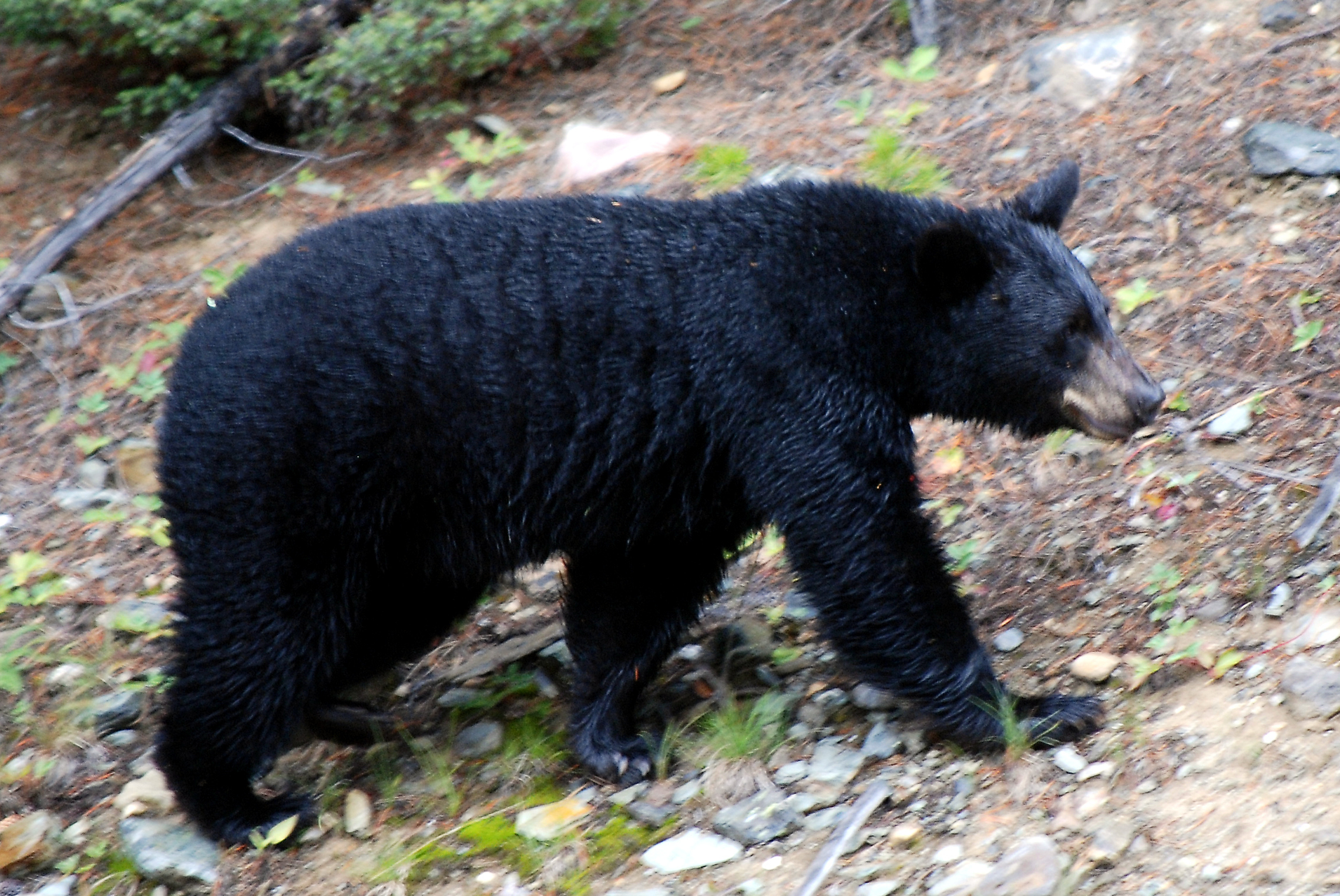 |
| This is a Black Bear at Lake Louise,Alberta, Canada |
The black bear ranges from Northern California, down the coast and down the border of California and Nevada. The range borders Reno, NV and the southern end consists of the hills around Los Angeles.
Black bears eat mostly insects, honey, and nuts. Sometimes they will hunt elk, whitetail, and mule deer. They will even eat adult deer!
There are a number of black bear sightings around Los Angeles each year. For example, see the following bear reports from earlier this year (2012):
Glendale Bear Sighting: Black Bear Seen Digging Through Trash In Glendale
Black bear spotted climbing tree in La Cañada Flintridge
Black Bear Gets Into Glendale Garage, Opens Refrigerator
Subscribe to:
Posts (Atom)
